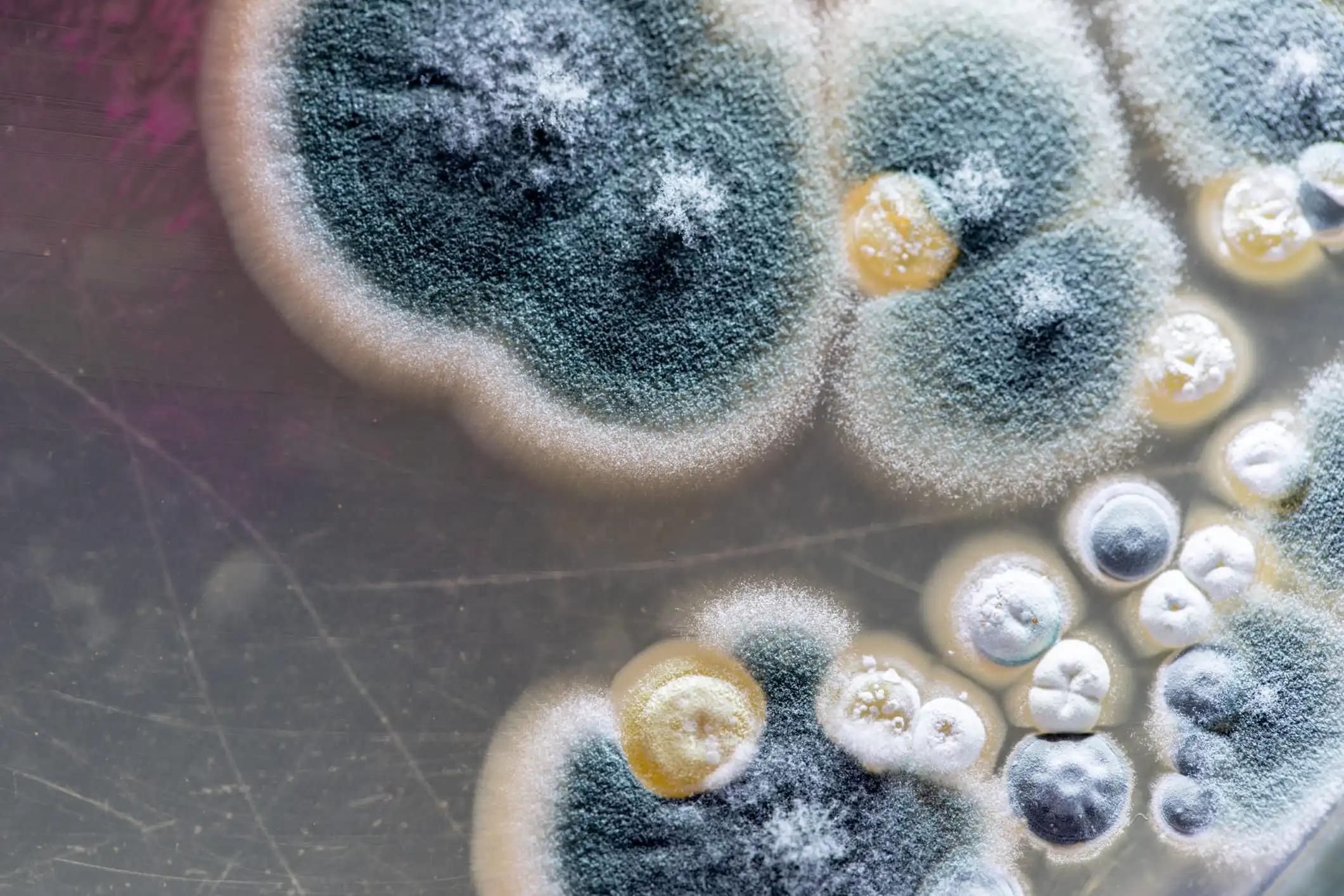KEY TAKEAWAYS
- The phase 3 SIENDO study evaluated the efficacy of SEL as a maintenance therapy in patients with advanced or recurrent EC.
- The study’s method involves administering SEL as maintenance therapy to 263 patients with advanced or recurrent EC after one line of taxane-platinum therapy.
- The study’s outcome showed that SEL exhibited enhanced PFS compared to PLB, as per the analysis adjusted for stratification.
- The subset of patients who received SEL had a longer PFS than those who received PLB, particularly in the TP53wt, MSS, and NSMP EC subgroups.
- The evaluations of the remaining three molecular classifications did not exhibit noteworthy variations in PFS between SERD endocrine therapy and placebo.
Endometrial cancers are classified into four molecular categories based on their genetic characteristics. These categories include wild-type TP53 with non-specific molecular profile typically with microsatellite stability (NSMP, p53wt/MSS), DNA polymerase ε exonuclease domain-mutated (POLEmut), microsatellite instability-high (MSI), and TP53 abnormal (p53abn). These are correlated with particular prognostic outcomes. Selinexor, also known as SEL, is a selective inhibitor of XPO1 that results in the nuclear retention and stimulation of tumor suppressor proteins, such as p53.
In the ENGOT-EN5/GOG-3055/SIENDO study (NCT03555422; ESMO 2022), it was observed that SEL exhibited enhanced progression-free survival (PFS) as compared to placebo (PLB) in the stratification-adjusted outcomes. The SIENDO phase 3 study is prospective, multicenter, double-blind, and placebo-controlled. It involved the administration of SEL (80 mg once weekly) as maintenance therapy to 263 patients (pts) who have advanced or recurrent EC after one line of taxane-platinum therapy with partial or complete remission. The patients were randomized in a 2:1 ratio between SEL and PLB. Centralized targeted sequencing and local immunohistochemistry were utilized to evaluate TP53 mutations and MSI. The categorization was established by sequencing 648 genes on neoplasm specimens obtained from 172 patients (107 on SEL). The classification was initially determined by POLE mutation status, MSI status, and p53 abnormality or p53 wild type (non-specific molecular profile). The trial had pre-established exploratory analyses based on molecular classification.
The study showed a median progression-free survival (PFS) of 5.7 months (SEL) compared to 3.8 months (PLB). The hazard ratio (HR) was stratification adjusted (eCRF) with a value of 0.70 (P =.024) and stratification non-adjusted (IRT) with a value of 0.76 (P=0.063). Of the 172 patients who underwent molecular classification, the subset of individuals who received SEL (107 patients) was categorized as follows: 35% (37 patients) were classified as NSMP, 2% (2 patients) were identified as POLEmut, 17% (18 patients) were classified as MSI and 46% (50 patients) were categorized as p53abn. A comparable distribution was observed among individuals receiving PLB (65 patients): 20 (31%) had NSMP, 4 (6%) had POLE mutation, 8 (12%) had MSI, and 33 (51%) had p53 abnormalities. The subgroup analysis of patients with TP53 wild-type revealed that the progression-free survival (PFS) was 13.7 months with the use of SEL compared to 3.7 months with PLB. The hazard ratio (HR) was 0.375, with a 95% confidence interval (CI) of 0.210-0.670 and a nominal p-value of .0003. In patients with MSS/pMMR disease, the PFS was 6.9 months with SEL and 5.4 months with PLB. The HR was 0.593 with a 95% CI of 0.388-0.905 and a nominal P=.007. A study on patients diagnosed with NSMP (p53wt, MSS) revealed a significant variation in PFS between SEL and PLB. The median PFS for SEL was not reached, while for PLB, it was 3.71 months. The hazard ratio was 0.163 with a 95% confidence interval of 0.060-0.444 and a nominal P<0.0001. The evaluations of the remaining three molecular classifications did not exhibit noteworthy variations in progression-free survival (PFS) between selective estrogen receptor degrader (SERD) endocrine therapy and placebo. Ongoing studies about identifying additional biomarkers are being conducted, focusing on evaluating tumor genetics and epigenetics. In the SIENDO study, it was observed that SEL exhibited enhanced progression-free survival (PFS) as compared to PLB, as per the analysis adjusted for stratification. As a modulator of p53, SEL demonstrated promising outcomes in the TP53wt, MSS, and NSMP EC subgroups, constituting around 50% of patients with advanced/recurrent EC compared to PLB.
Source: https://meetings.asco.org/abstracts-presentations/206864
Clinical Trail: https://clinicaltrials.gov/ct2/show/NCT03555422
Vicky Makker, Jose Alejandro Perez-Fidalgo, Alice Bergamini, Daniel Lewis Spitz, Toon Van Gorp, Jalid Sehouli, Jaroslav Klat, Tamar Perri, Amit M. Oza, Estrid Vilma Solyom Hogdall, Jason A. Konner, Eva M. Guerra, Francesco Raspagliesi, Stephanie Henry, Bradley J. Monk, Jeronimo Martinez Garcia, Brian M. Slomovitz, Sharon Shacham, Mansoor Raza Mirza, Ignace Vergote/Randomized phase III study of maintenance selinexor versus placebo in endometrial cancer (ENGOT-EN5/GOG-3055/SIENDO): Impact of subgroup analysis and molecular classification/J Clin Oncol 40, 2022 (suppl 16; abstr 5511) DOI10.1200/JCO.2022.40.16_suppl.5511



